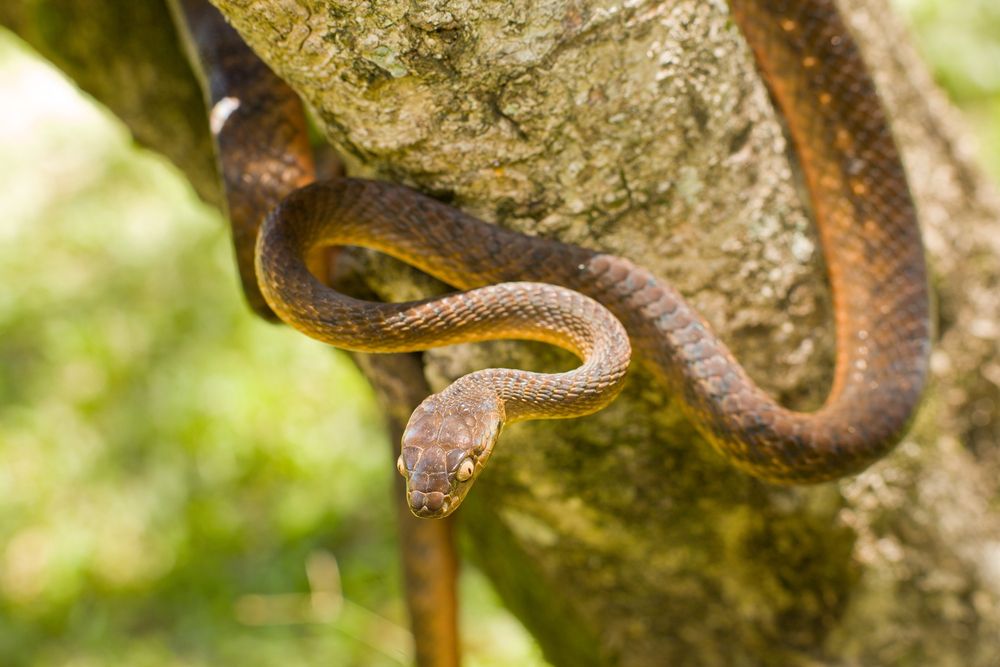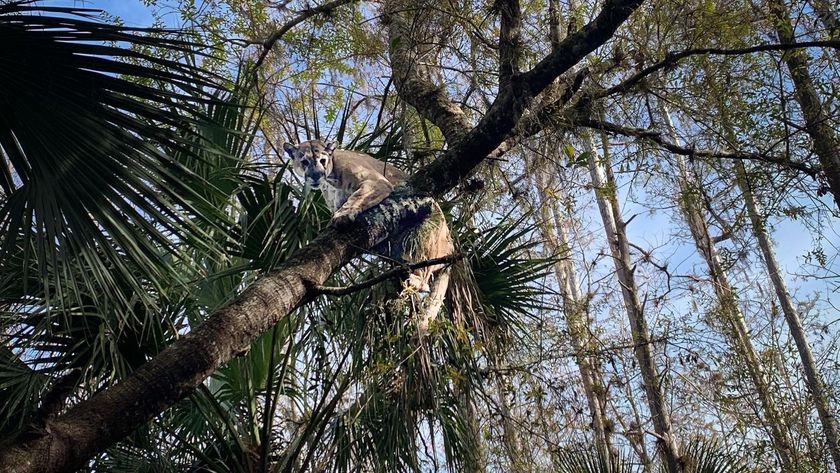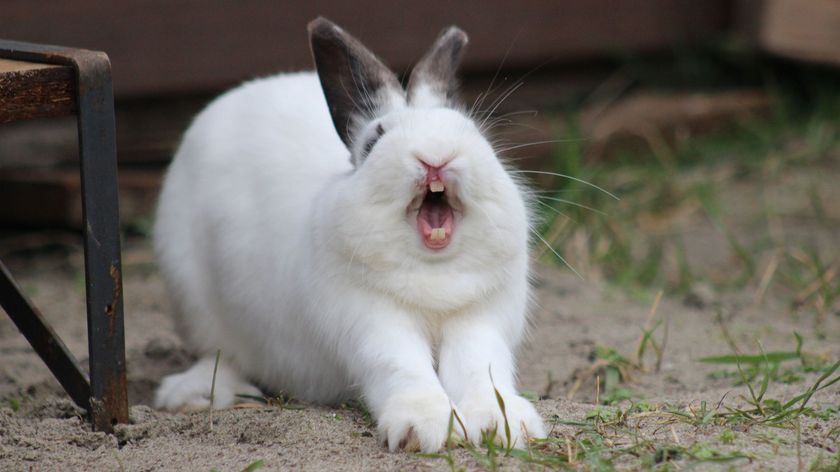Will Poisoned Mice Solve Guam's Snake Problem?

In a desperate bid to reduce Guam's population of poisonous brown tree snakes, officials with the U.S. Department of Agriculture believe they've hit on a foolproof plan: air-dropping dead mice onto the Pacific island.
It gets weirder: Before the airdrop, the dead mice will have their bodies stuffed with Tylenol (acetaminophen), which is toxic to the snakes, according to the Guardian.
Wait — it gets weirder still. Each mouse will be fitted with a tiny parachute so they'll be more likely to get snagged in trees where the snakes live. That will also reduce the risk that the dead mice will poison other animals.
The brown tree snake, a native of Australia, Papua New Guinea and the Solomon Islands, hitched a ride to Guam on military transport ships shortly after World War II. Though poisonous, the invasive specie's venom isn't lethal to humans.
But the snakes have wreaked havoc on the ecosystem of Guam, decimating the island's native bird population. Within a few years of the invasive species arrival, 10 of Guam's 12 native bird species had been wiped out.
And as a result of the plunging bird population, Guam is now overrun with up to 40 times more spiders than nearby Pacific islands. Additionally, the brown tree snakes, which can reach 10 feet (3 meters) in length, have the unfortunate habit of climbing onto electric poles and causing widespread power outages, according to the Associated Press.
Controlling invasive animal populations has always been a tricky problem. When rats were accidentally introduced to Hawaii, the rodents quickly became pests since they had no natural predators. So sugar-cane plantation owners brought over a group of mongooses to control the rat population.
Sign up for the Live Science daily newsletter now
Get the world’s most fascinating discoveries delivered straight to your inbox.
But nobody knew that the mongoose generally hunts during the day, and rats are primarily nocturnal, according to the New York Times. So while the rat population continued to soar, the mongooses proceeded to destroy Hawaii's native bird and turtle populations.
And Florida's attempts at controlling another invasive snake, the Burmese python, have met with limited success. The state recently sponsored a much-ballyhooed Python Roundup, with rewards offered for the biggest snake and the most snakes caught. Their total haul? Just 68 snakes out of several thousand, according to ABC News.
The poison-mouse trick has been used before in Guam: In 2010, the USDA air-dropped mice at military installations on the island, according to CNN.com. That program's effectiveness led to the current airdrop program, which will be limited to Guam's Andersen Air Force Base.
Contact Marc Lallanilla at mlallanilla@techmedianetwork.com. Follow him on Twitter @MarcLallanilla. Follow LiveScience on Twitter @livescience. We're also on Facebook & Google+.

Most Popular




